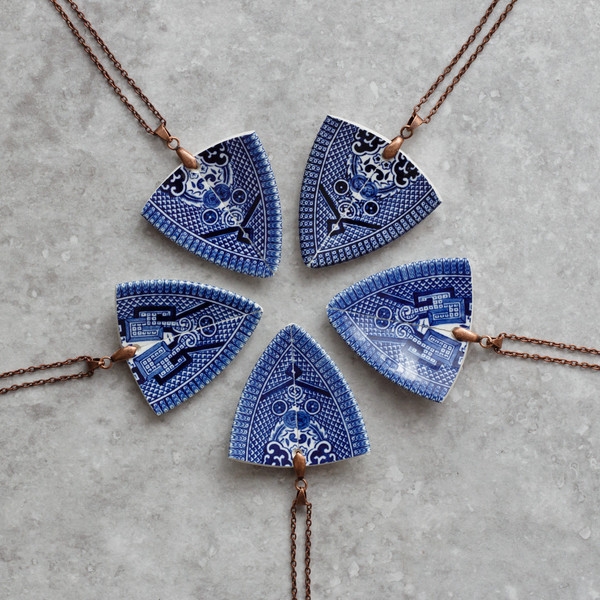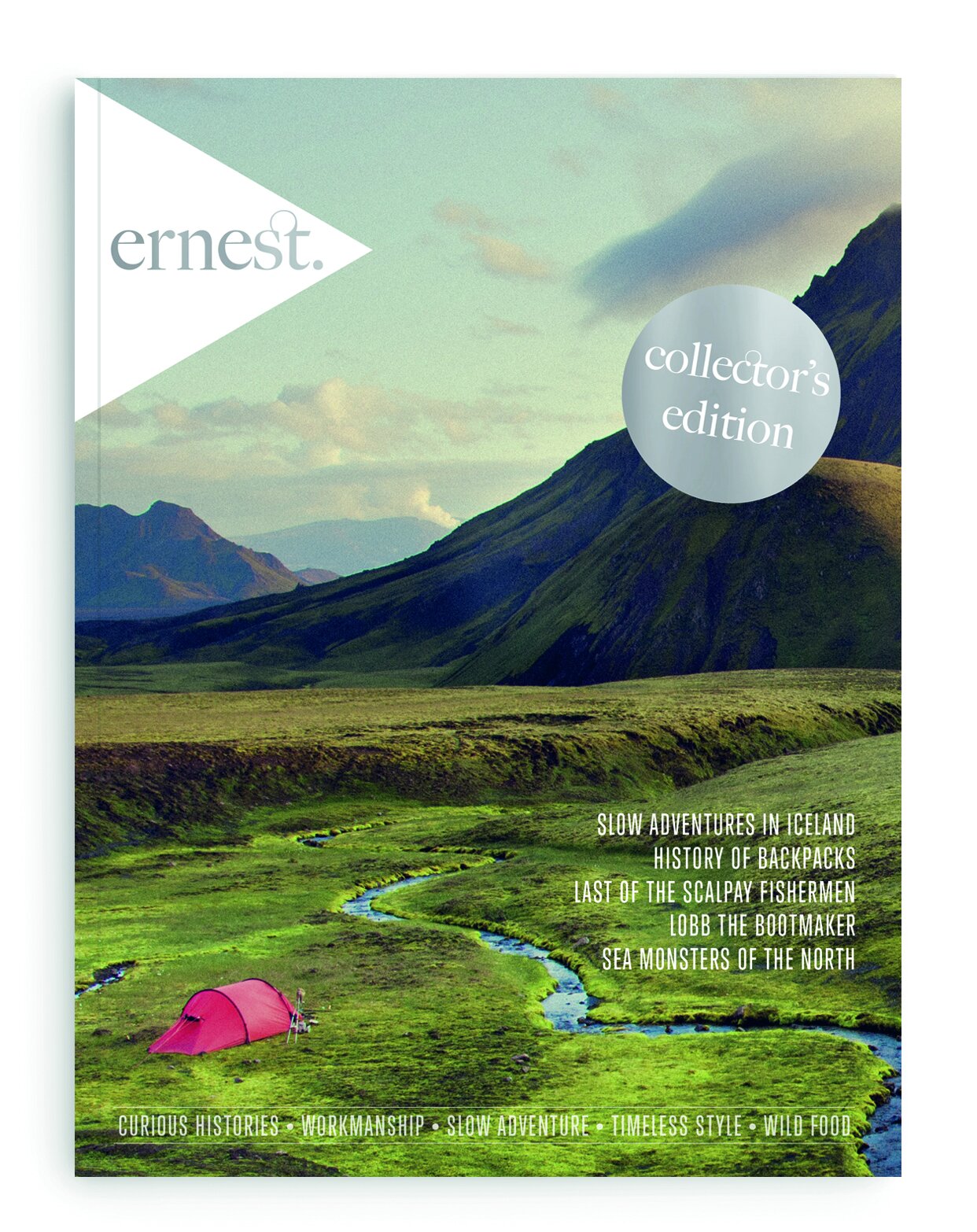We're thrilled to partner up with KEEN footwear on a rather adventurous competition to support the launch of UNEEK, a hybrid sandal made with just two cords and a sole and designed to mould perfectly to your feet.
You have two chances to win!
1) Just for fun, we sent three Ernest writers into the wilds with a pair of UNEEK sandals but can you guess where they are? This week, The Girl Outdoors took her sandals to a popular Welsh beauty spot, often quoted as one of Britain’s favourite views, but can you tell us where? There’s a free copy of Ernest up for grabs for the first correct answer written as a comment on our Instagram feed.
2) And now for the big one: to win a pair of UNEEK sandals and a two-year subscription to Ernest Journal, share a photo of your feet exploring the world with the hashtag #UNEEKAdventure on Instagram or Twitter. We will share our favourites on the Ernest feed and choose a winner at random each week for the next month. Deadline: midnight 25 August.




























